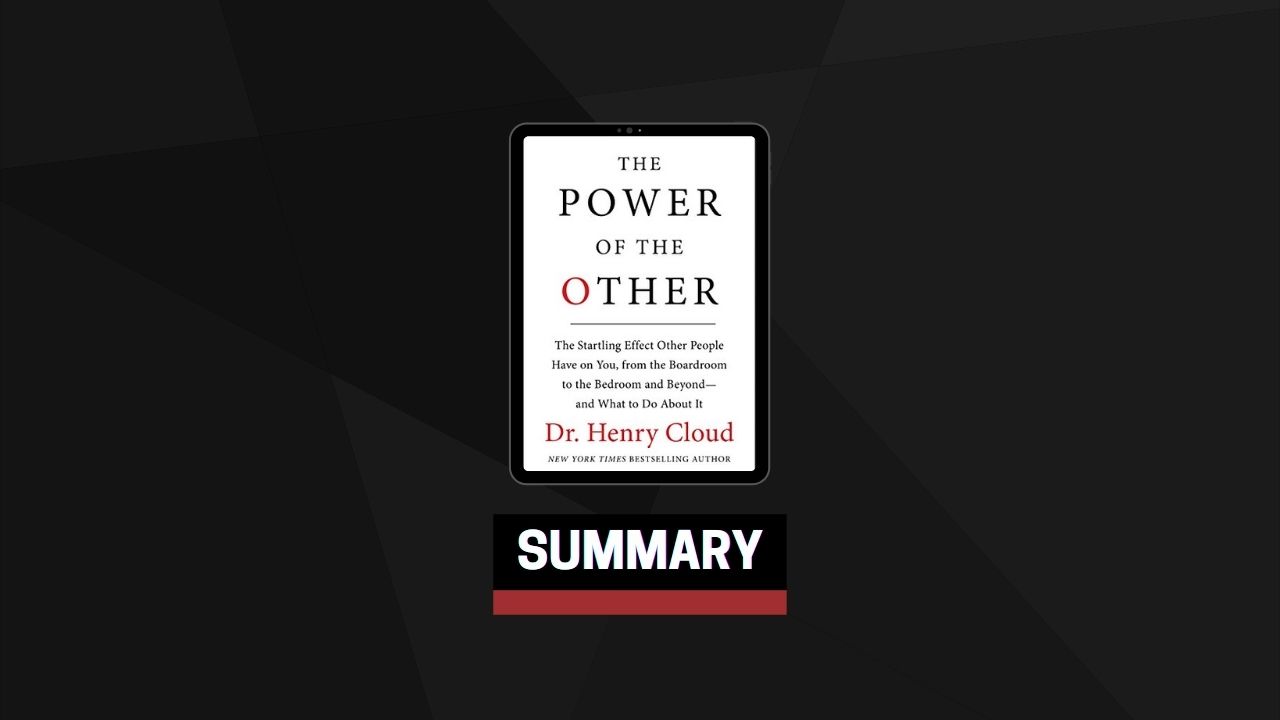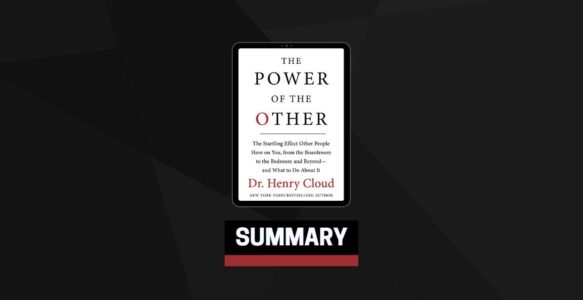The Neglected Truth
Ask many people about their greatest accomplishments and challenges overcome, and you will find one thing in common: there was someone on the other end who made it possible.
Both your best and worst seasons were not just about the market or the business cycle, or even your own skills. Your best and worst seasons were also about who was in that season with you. Either for good or bad. It was not just about you. It was about the others who were playing a big part in whom you were becoming and how you were doing.
This book represents a major shift in the conversation on leadership, growth, and high performance to shift the conversation from a focus only on you to a recognition that your own performance is either improved or diminished by the other people in your scenario.
The Four Corners of Connection
The reality is that you are always in one of four places of connection. No matter what life circumstances you are going through on the outside—victory or defeat, or somewhere in between—there are only four possibilities of connection that you can be in at any given time.
- Disconnected, No Connection
- The Bad Connection
- The Pseudo-Good Connection
- True Connection
Go to Corner Four
Need.
On the one hand, it is literally the essence of what makes life work. At the same time, it is a state that we don’t relish embracing. That is the ultimate paradox in every human’s life.
Think about it: at the most vital and basic level, how do you get the essential supplies that make life work, such as oxygen, water, and food? By embracing your need for them.
The same is true with relationships. They are as essential as oxygen, water, and food, yet we often avoid taking them in, let alone asking for the critical fuel that relationships provide. Too often we get stuck in the Three Corners Roundabout, not being able to reach the very things that will help us thrive. We avoid embracing our needs for support and help from one another.
Psychologists call this the “need-fear” dilemma. We fear the vulnerability that it takes to embrace our needs, so they go unmet.
The more we need things from people, the scarier it gets to ask for what we need. We try to manage this need in other ways, hanging out in the first three corners, which bring no good outcomes and just reinforce limits.
There is no such thing as a self-made man or woman. Every great leader has opened up to someone who could meet a need, whatever that might have been. The range of human needs is broad, but the way to meet those needs is very narrow: it involves humbly and honestly embracing the need and reaching out to the “power of the other.” There is no other way.
The Right Kind of Push
You want to go higher, but you keep hitting the same kinds of obstacles over and over again; you keep getting tripped up by your own mistakes. Even if the beast of failure has been defanged, you’re still left.
You’re hitting your limit. You may not be feeling bad anymore, but you’re also not getting to the next level of growth you desire. There is still something that has to change. What should you do? There are five ways which we’ll explore next.
#1 Open Wide
A management team continues to work a plan that has been successful in the past but keeps hitting a wall that is explained away by various factors or excuses. A golfer practices and practices, yet still can’t get his handicap below a certain number. A couple plans date nights to rekindle intimacy yet continues to argue about the same issues.
In business, we have a term for this kind of person: the turnaround artist. That’s what Alan Mulally was when he brought Ford back from the brink. He injected new energy and contributed new intelligence, infusing the culture with a new set of practices and values that reversed entropy. In personal relationships, these new sources of energy and intelligence might come from a therapist, a wise friend, a coach, a pastor, or a support group.
Still, you have to be willing to open yourself—your team, your business, your family—to receiving this influx of energy and intelligence. As in most other situations, you get to choose.
#2 Consider The Source
Let’s say you accept the idea that you’re going to need something from outside yourself to get where you want to go. You’ve defeated the crippling bite of failure, but you realize that not feeling bad is not the same as accomplishing your goals. Corner Four relationships possess specific ingredients that help people move uphill, so you need to surround yourself with Corner Four people. What should you look for in a Corner Four relationship that will help you surpass current, known limits?
Henry’s not suggesting that you jettison all of your dysfunctional or non-growth-producing friends, family members, or coworkers. Goodness knows, our lives are made interesting, fun, and sometimes slightly wacky by all types of people. We are blessed to have them in the mix. But you do have to realize one thing: they’re not all likely to provide you with new energy or intelligence. Headaches, belly laughs, and unforgettable experiences, yes; juice, maybe not. So you have to make sure that you are sourcing energy through multiple channels and looking, in particular, for the kinds of relationships that add energy to the system. What do those look like?
#3 Stretch
Frequently, we don’t have a clue about the abilities and assets we possess. They have never been pointed out to us. That’s what the right kind of Corner Four relationship does: it spots a hidden asset you possess and shows you how to access it. The best kinds of others balance a couple of factors in setting stretch targets:
- They will push you to go farther than you’ve gone in the past, encouraging you to develop new skills in order to reach the goal.
- However, they will not stretch you to a point that will overwhelm you or take you backward.
The best leaders, coaches, and friends do both of those things. They push you past where you have been or thought you could go, but not so far that you can’t recover. They stretch but don’t injure.
Great Corner Four relationships push us upward at all times. They will not let us stay where we are, lest we plateau, get bored, disengage, or go looking for another relationship that keeps us awake.
#4 10x Challenges
Sometimes the stretching we need is what Jim Collins refers to as “big hairy audacious goals (BHAGs).” To reach these goals would surpass anything we have ever done before. Not just incremental steps, but goals that change everything, taking us ten times farther than we ever thought possible.
When Google’s cofounder Larry Page started toying with the idea of self-driving cars while still a graduate student, long before the technology was developed, he was in BHAG territory. His stretch was not to build just a better car, but to find an entirely different way of getting from here to there. Where did he get that kind of thinking? Or the thinking that created Google? From sitting on a stump in the woods being visited by a muse?
No. He got it from the Other.
Give the brain a specific, but BIG problem to solve, and it will surprise you. Give people a chance and the tools to grow, and they will shine. But only if the problem is big enough. And then only if the process is fueled, monitored, and sustained by the other.
#5 One Step At A Time
All too often in business you run into an executive who values only big wins. Consequently, people can feel devalued or even get pushed into taking risks that exceed their skills and experience. Great leaders and performers consistently take moments of celebration to mark small wins. They relish little victories because they see them as part of a long-term process.
Good coaches have been doing this for ages. Now we know from brain science why. Our neural wiring and circuitry are built in the context of encouragement and positive emotions. Research on goal setting offers a number of important lessons when it comes to building Corner Four challenges. We know, for instance, that the goals we set for ourselves and others must be challenging enough to activate our energy and our brains, but they also must be realistic and achievable.
It’s also important that the difficulties of achieving these goals be spelled out and addressed. Blind positive thinking, the research shows us, does not work, because when obliviously positive thinkers encounter difficulties, they get discouraged and bottom out. Corner Four people not only help us believe that we can get there, but they also help us see that it is really, really going to be a lot of work, with lots of obstacles. They make the difficulty normal. They will be there to cheer us on, but they will also be there to talk us through difficult patches.


